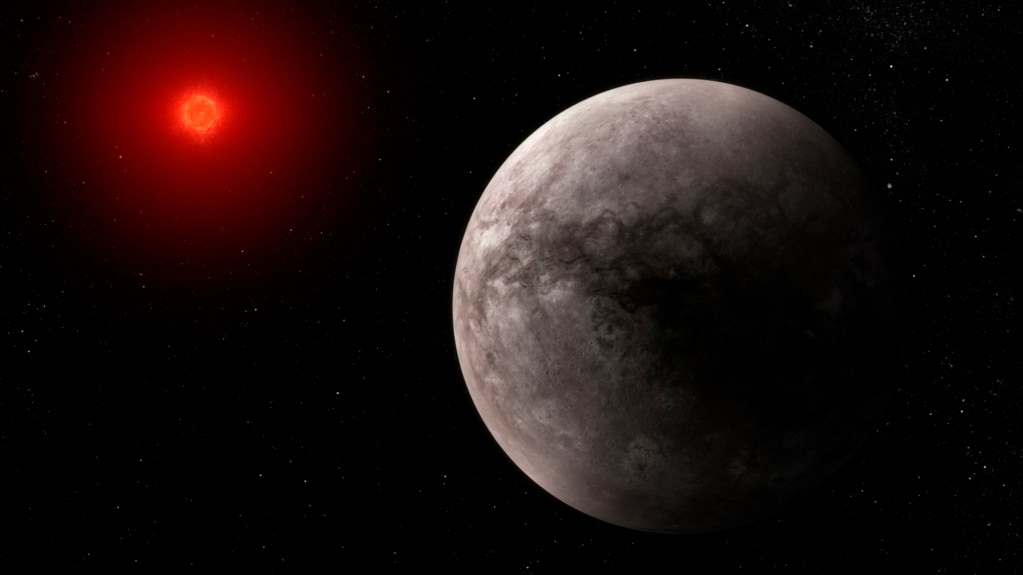A new study suggests about one-third of planets orbiting our galaxy’s most common stars may hold conditions to support life.
The study was based on data collected by two telescopes. Researchers involved in the study centered their examinations on stars in our Milky Way galaxy known as red dwarfs.
The American space agency NASA notes that red dwarfs are generally much smaller than our sun. They are also the coolest stars and appear more orange than red. Red dwarfs are also known as M dwarfs. NASA estimates that they make up about 75 percent of all stars in the Milky Way. Experts believe billions of planets orbit red dwarf stars.
The study found that a third of planets orbiting red dwarf stars could be in what scientists call the “habitable zone.” Being in a star’s habitable zone means a planet has temperatures that could permit liquid water to exist on the surface.
Since water is necessary for life as we know it, the presence of liquid means a planet could possibly support life.
The planets examined in the study are called exoplanets. These are planets that orbit a star other than our sun.
Sara Ballard, an astronomer at the University of Florida, carried out the research. Doctoral student Sheila Sagear helped Ballard on the project. Their findings were recently published in Proceedings of the National Academy of Sciences.
Sagear said in a statement that red dwarfs “are excellent targets to look for small planets in an orbit where it’s conceivable that water might be liquid and therefore the planet might be habitable.”
Sagear added that the new findings will be “really important” for additional exoplanet research in the coming years.
The researchers said that because dwarf stars are cooler, the exoplanets would have to be very near their star to be warm enough to keep liquid water. But the researchers also noted that being so close means the planets would also be affected by “extreme tidal forces caused by the star’s gravitational effect on the planets.”
The researchers said the remaining two-thirds of planets around red dwarf stars have likely been subjected to gravitational forces that cause the planets to heat up. This process is known as tidal heating. It can result in planets being “sterilized,” with no chance for holding liquid water.
Sagear and Ballard said they measured the “eccentricity” of more than 150 exoplanets orbiting red dwarf stars. They described eccentricity as the shape of the planet’s orbit around the star.
The data came from NASA’s Kepler telescope and the European Space Agency’s Gaia telescope. Instruments helped the team collect data on how often the planets move in front of their stars. They also helped the team measure distances between red dwarfs.
Sagear said the distance measurements were a very important part of the research. Past studies had not included such measurements. The team noted that stars with several planets were “most likely to have the kind of circular orbits” that permit them to keep holding liquid water. On the other hand, stars with only one planet were most likely to see tidal extremes that could sterilize the surface.
The researchers said their results mean that the Milky Way may have hundreds of millions of planets that could be studied for possible signs of life.
I’m Bryan Lynn.

